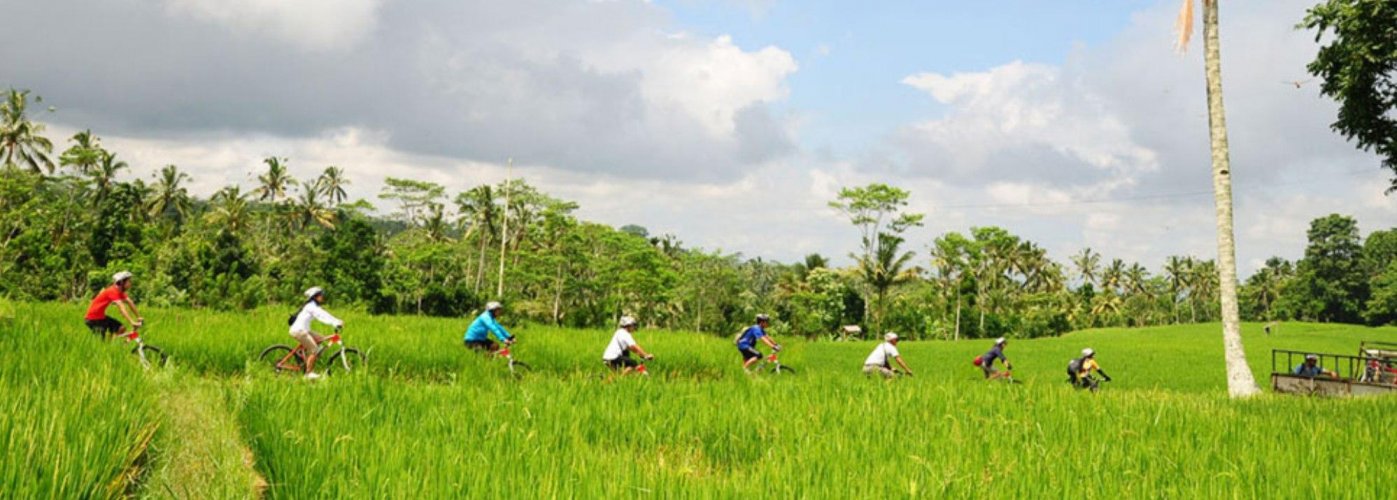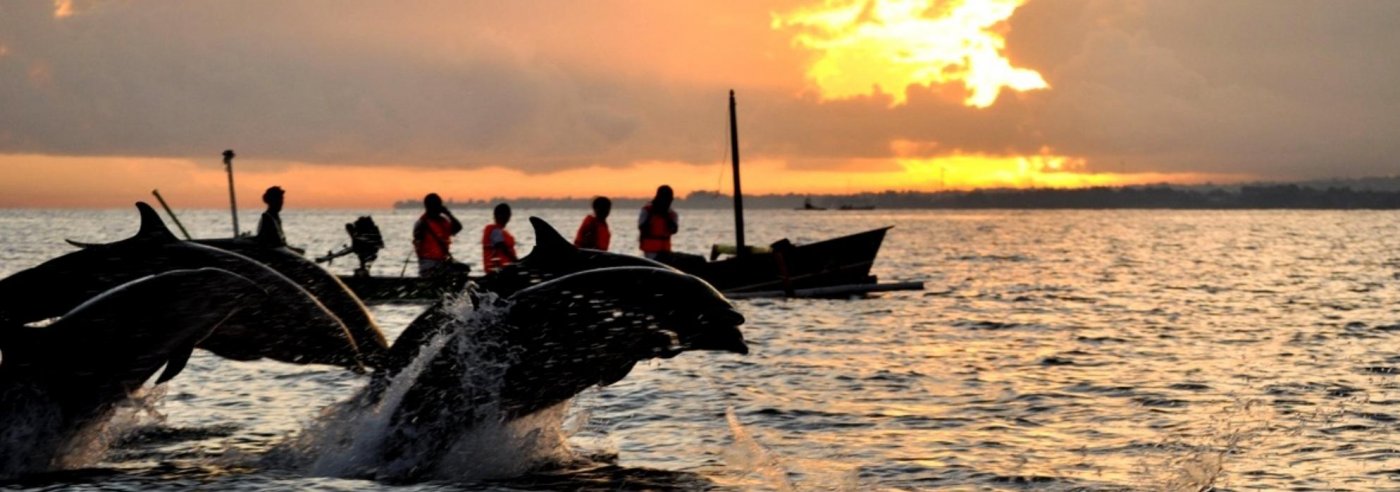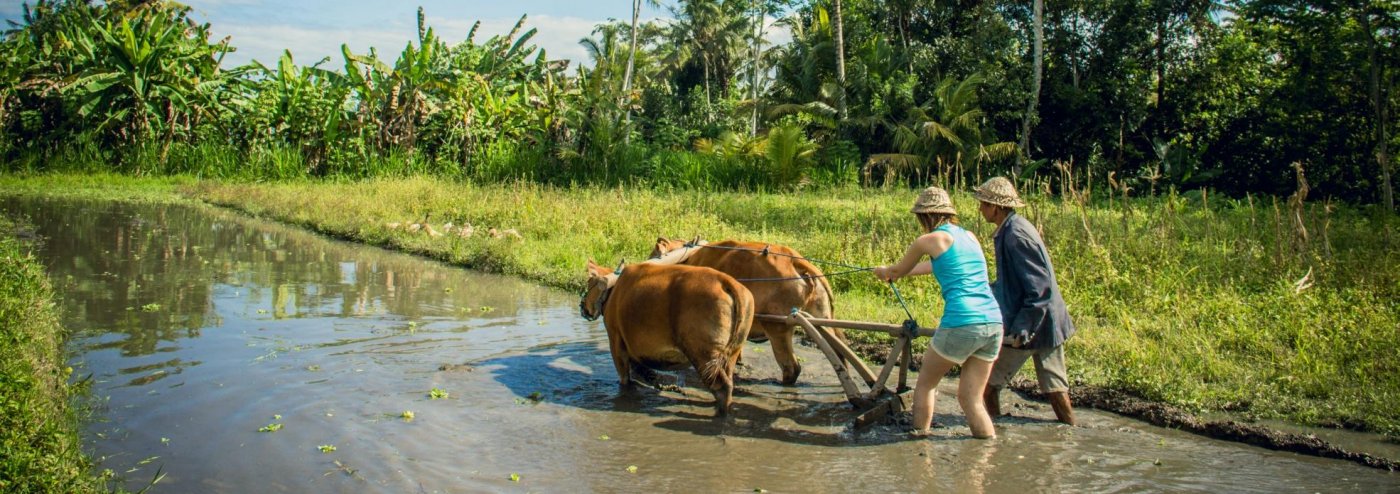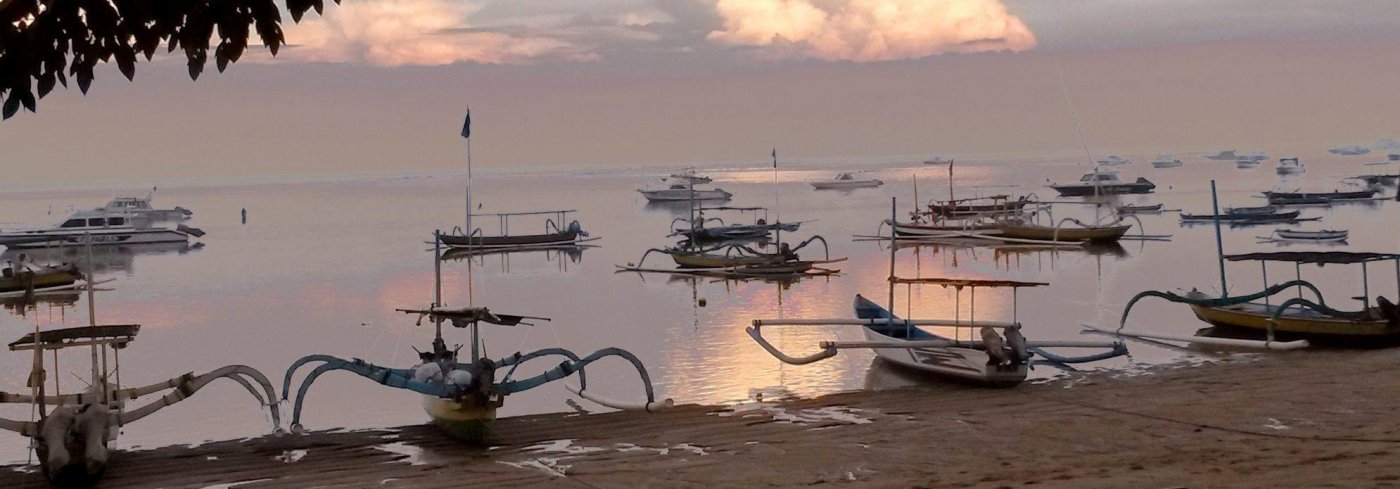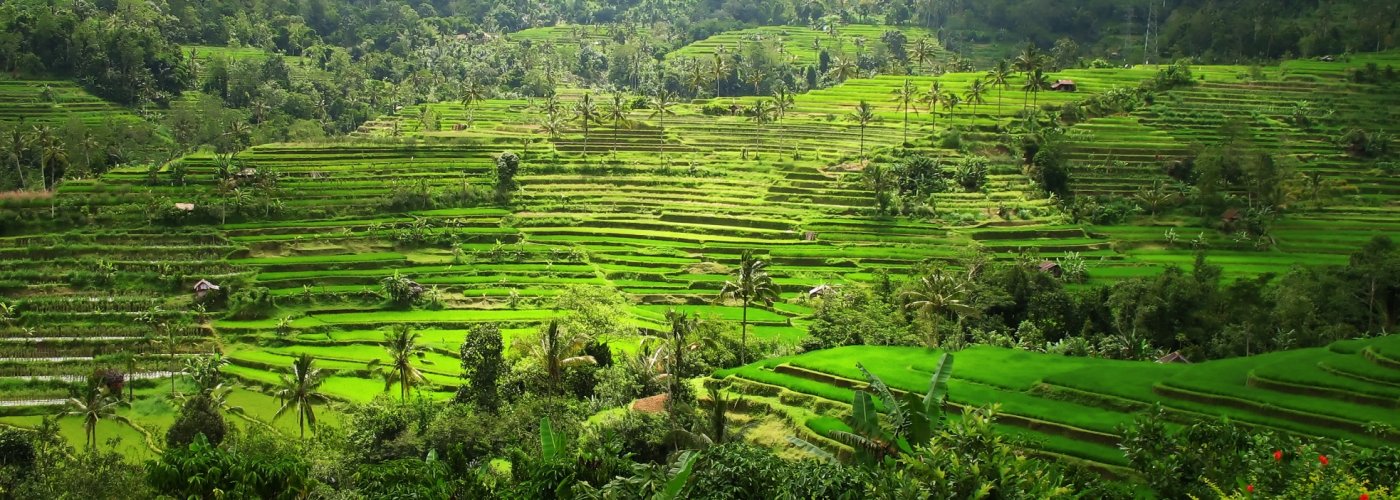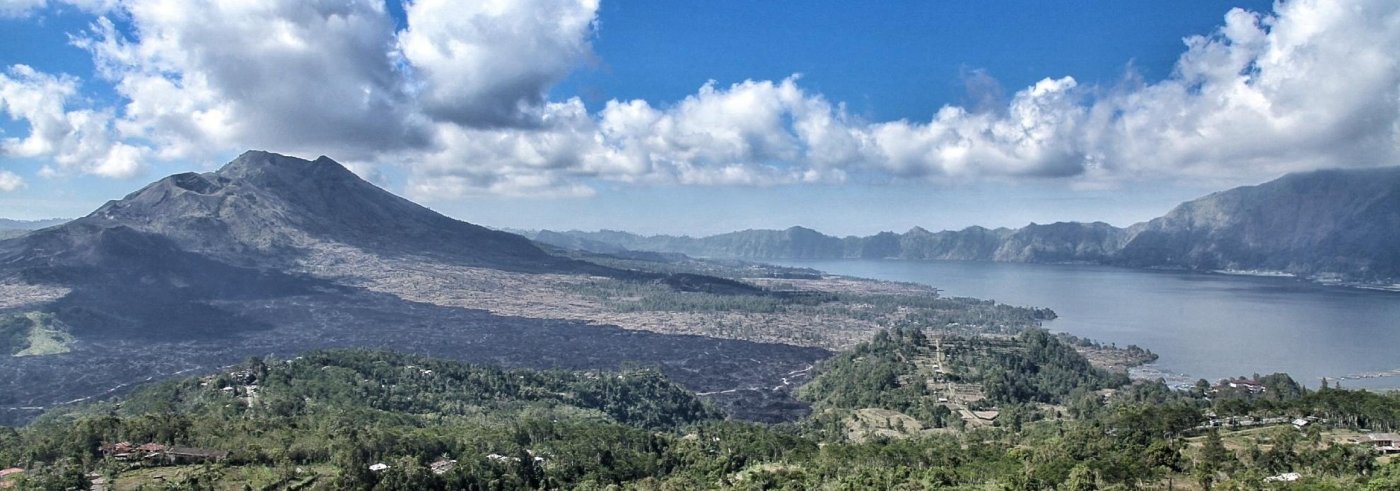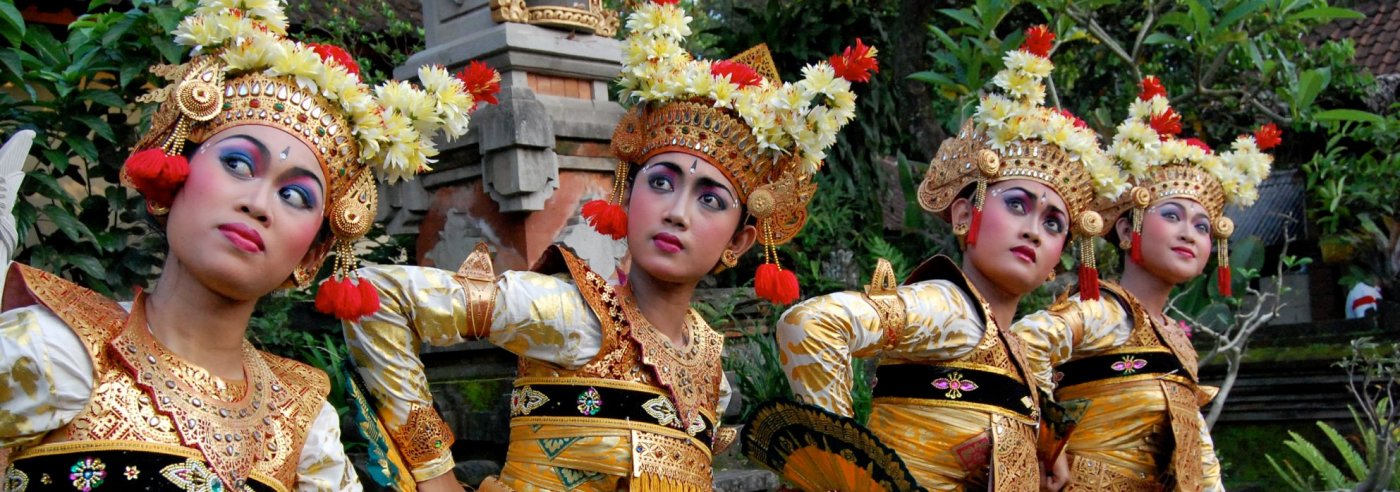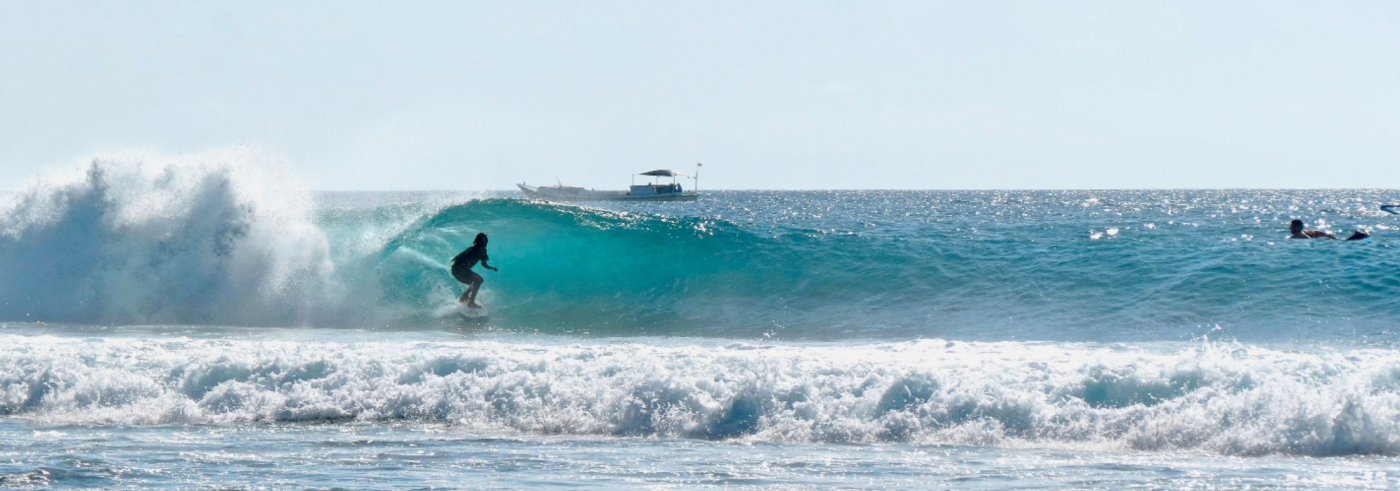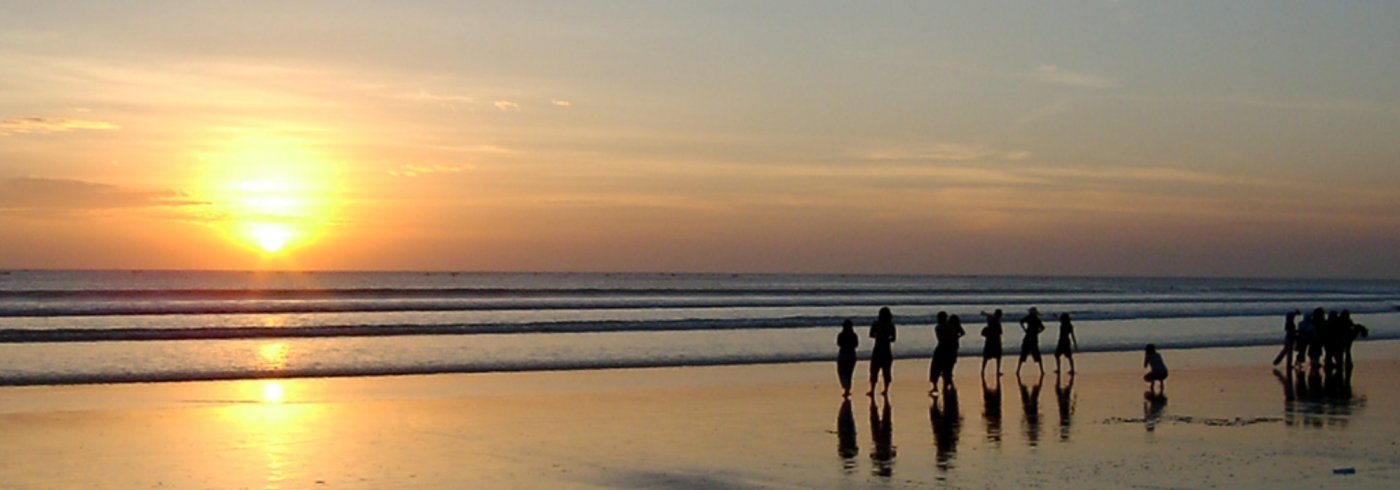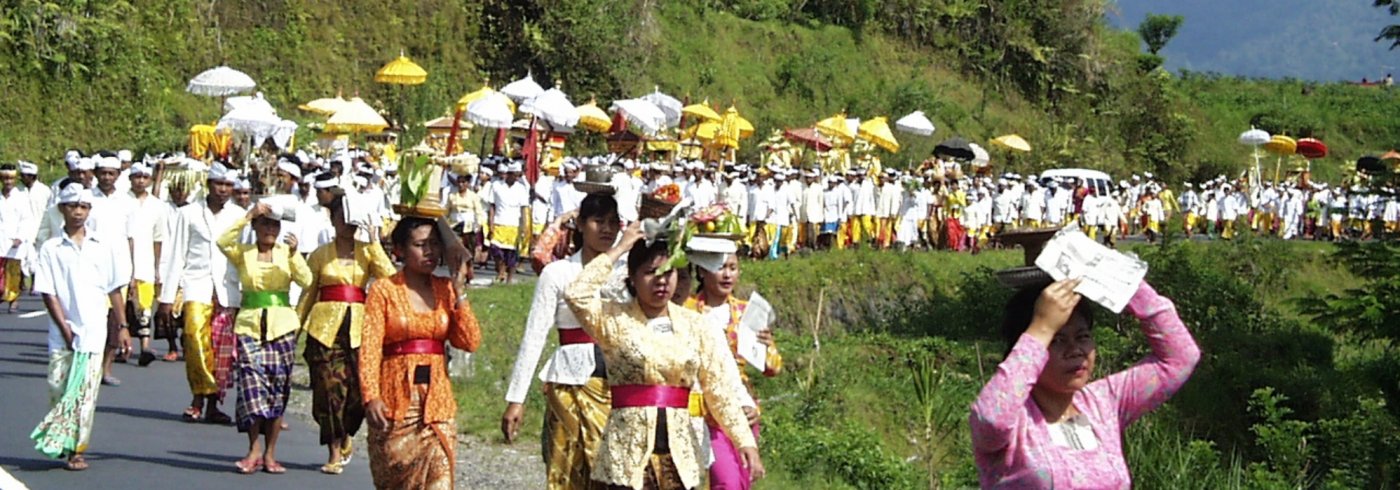Candidasa en Padangbai duikspots
Dive spots East Bali
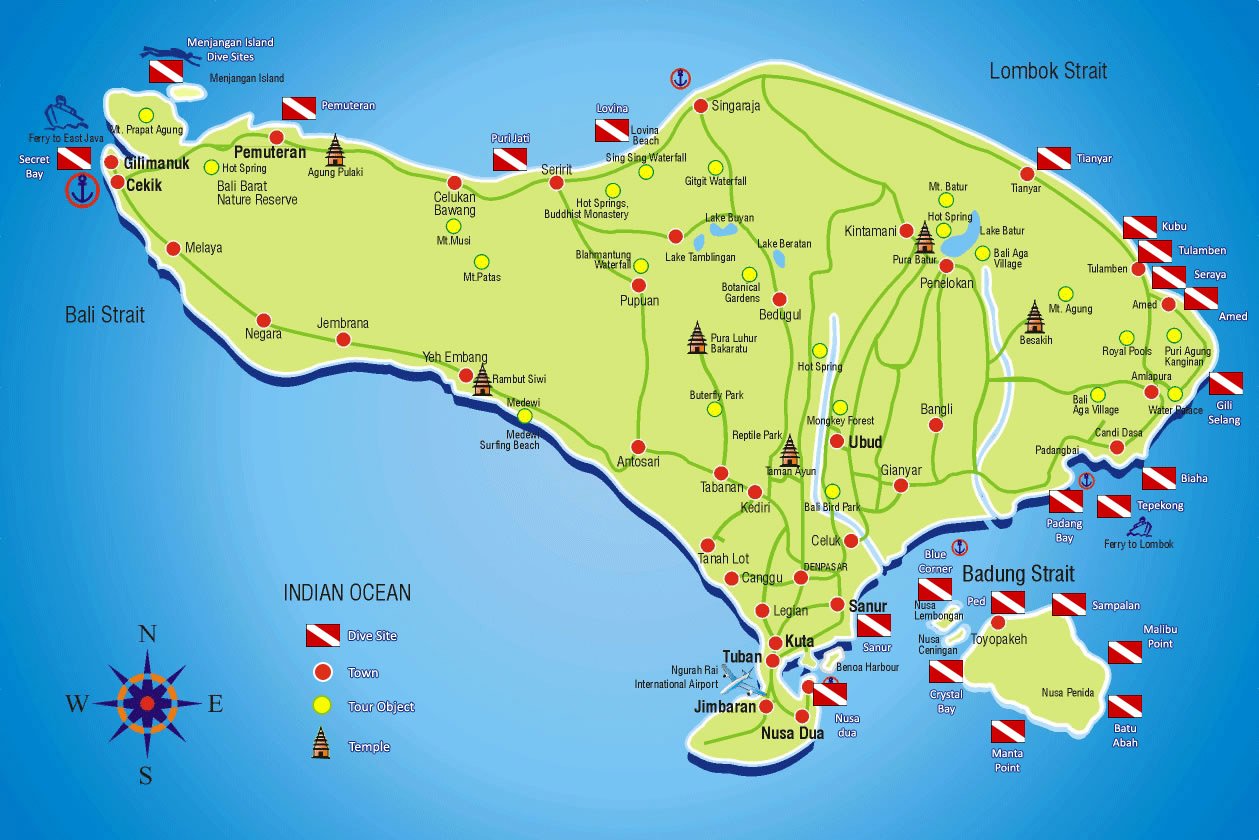
Gili Mimpang
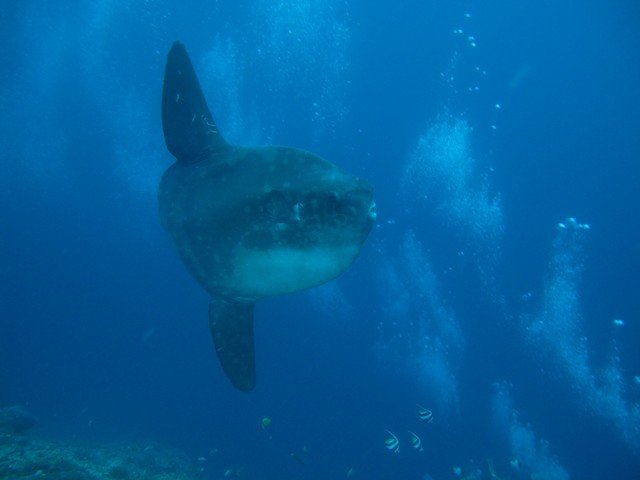 Location: East coast of Bali
Location: East coast of Bali
Depth/Visibility: 20 - 40m depth / visibility: 15m
Condition: Drift dive suitable for most divers
Access: 15 minutes by boat from Padang Bai
Average temperatures: November to July 28°C, August to October 21°C
This site comprises four rocks that sit just off the coast. The dive site is a steep sloping wall covered with hard and soft corals. There is abundant fish-life with schools of Blue Lined Snapper, Unicorn fish, and Butterfly fish. Moray Eels are commonly found and White-tip reef Sharks are usually in residence. The site also offers an excellent macro life.
Mola-Mola (Oceanic Sunfish) can be seen here in cold water conditions that occur in August-September.
Blue Lagoon
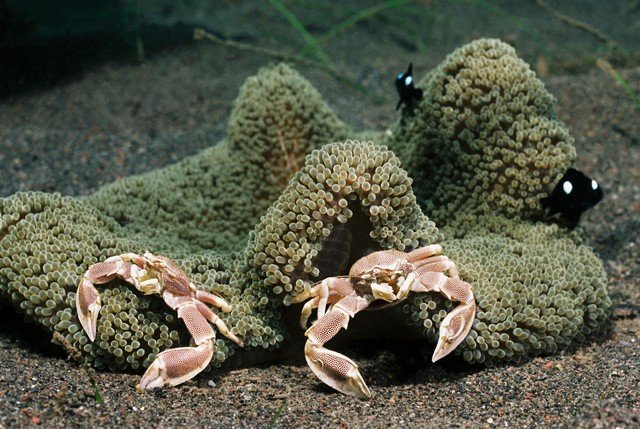 Location: East coast of Bali
Location: East coast of Bali
Depth/Visibility: 10 - 25m depth / visibility: 15m
Condition: Very gentle drift dive, suitable for all levels of divers
Access: 5 minutes by boat from Padang Bai harbour
Average temperatures: November to July 28°C, August to October 21°C
This is a small beach northeast of Padang Bai. You start the dive on a sandy slope and continue on to a large wall and several large coral outcrops, or bommies. There are always small animals such as Nudibranch and flatworms here, and Frogfish, Leaf Scorpion fish and Ribbon Eels can be seen as well.
Night dives are excellent in Blue Lagoon. The dive site offers two different zones for diving - the sandy slope and the large coral blocks - each with distinctive animals living there. Spanish Dancers and some scorpion fish are found on the sandy area and the coral outcrops attract a lot of animals as well. Apart from the sleeping Angelfish there are also Lobsters and Cleaner Shrimps.
Drop Off
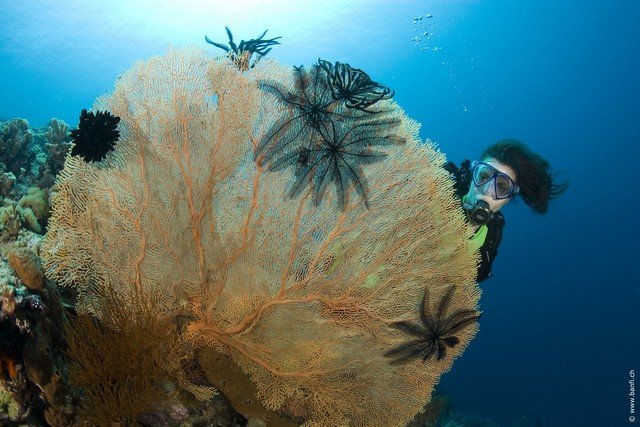 Location: East coast of Bali
Location: East coast of Bali
Depth/Visibility: 10 - 25m depth / visibility: 15m
Condition: Very gentle drift dive, suitable for all levels of divers
Access: 5 minutes by boat from Padang Bai harbour
Average temperatures: November to July 28°C, August to October 21°C
Drop Off offers a mix of sandy slope and wall. The slope and wall are covered with filter feeders like Feather Stars, Brittle Stars and Basket Stars and there are always crabs and shrimps crawling among them. There is an abundance of Anemone fish, and Octopus and Cuttlefish are also often seen here.
Night dives are also excellent in Drop Off. Spanish Dancers, Lionfish and other predators are seen at night.
Bias Tugel
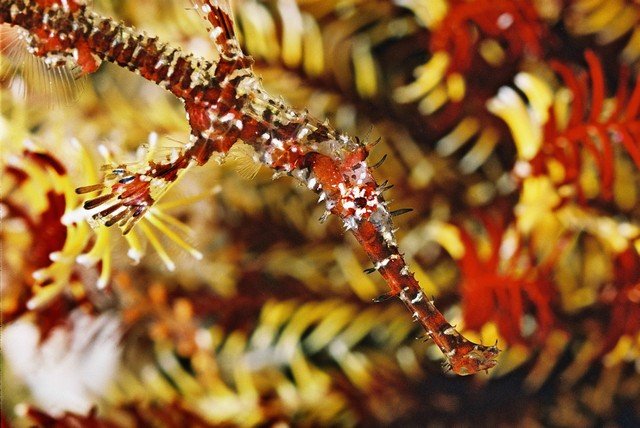 Location: East coast of Bali
Location: East coast of Bali
Depth/Visibility: 10 - 30m depth / visibility: 20m
Condition: Very gentle drift dive, suitable for all levels of divers
Access: 5 minutes by boat from Padang Bai harbour
Average temperatures: November to July 28°C, August to October 21°C
Bias Tugel lies south of Padang Bai. This is a steep slope nicely covered with corals and sponges. Look on the outside of the large barrel sponges for Wally's squat lobster (Lauriea siagiani) and on the Muricella gorgonians for Pygmy seahorses.
Gili Biaha
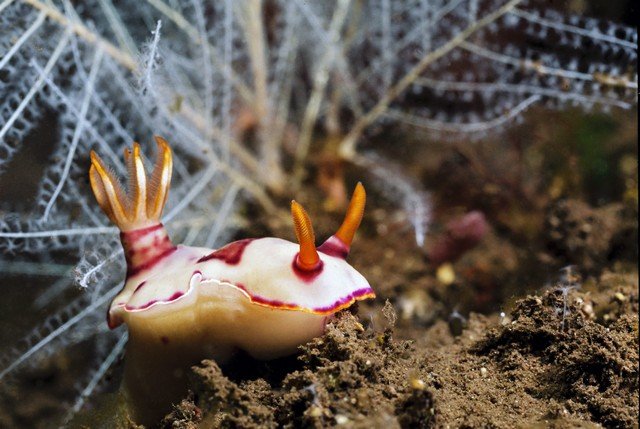 Location: East coast of Bali
Location: East coast of Bali
Depth/Visibility: 20 - 40m depth / visibility: 20m
Condition: Drift dive suitable for advanced divers
Access: 20 minutes by boat from Padang Bai
Average temperatures: November to July 28°C, August to October 21°C
There is a blowhole on this rocky outcrop which spouts jets of water, so Biaha looks like a large whale! This dive site is not for beginners. The inside area of the crescent (the east side of Biaha) has a cave large enough for several divers to enter (4 to 5 m high). In the cave there are nearly always several White-tip Reef Sharks, often sleeping. Nudibranch are found among the corals on the wall.
Mola-Mola (Oceanic Sunfish) can be seen here in cold water conditions that occur in August-September
Gili Tepekong
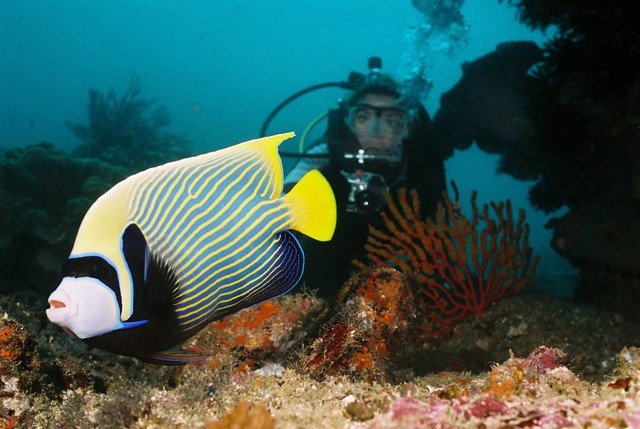 Location: East coast of Bali
Location: East coast of Bali
Depth/Visibility: 20 - 40m depth / visibility: 15m
Condition: Drift dive suitable for advanced to experienced divers
Access: 15 minutes by boat from Padang Bai
Average temperatures: November to July 28°C, August to October 21°C
The dive site is a steeply sloping wall along the north and east faces of the island. There are several caves at depths of 15-30m in which sharks are occasionally found. Gili Tepekong has excellent coral cover with extensive stands of stag horn coral (acropora) and massive bommies as well as soft corals. Angelfish, Moorish Idols and Butterfly fish are commonly seen. A more demanding dive is to be had in the Canyon at the southwest side of the island. This site is notorious for its unpredictable currents and requires perfect timing and knowledge of tide tables to do safely. The canyon itself is a steep split in the south side of a submarine reef extending out from Tepekong. The reef slopes down steeply from 9m to 25m, where the lip of the canyon begins.
The canyon drops down to the floor at a depth of 32m.The floor is strewn with massive blocks of rock with many outcrops and pinnacles covered in hard coral.
The currents here attract schools of feeding fish with huge aggregations of Sweetlips, Snapper, and Surgeonfish. There are always masses of Fusiliers and ever present predators such as Trevally, Groupers and the occasional White-tip Reef Shark. The site is rich in Anthias, Basslets and Lionfish. Usually there are strong currents, so this site is for experienced divers only and conditions have to be right to dive here. Mola-Mola (Oceanic Sunfish) can be seen here in cold water conditions that occur in August-September

